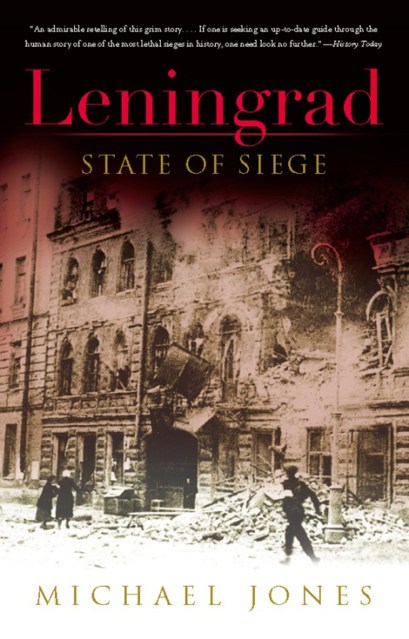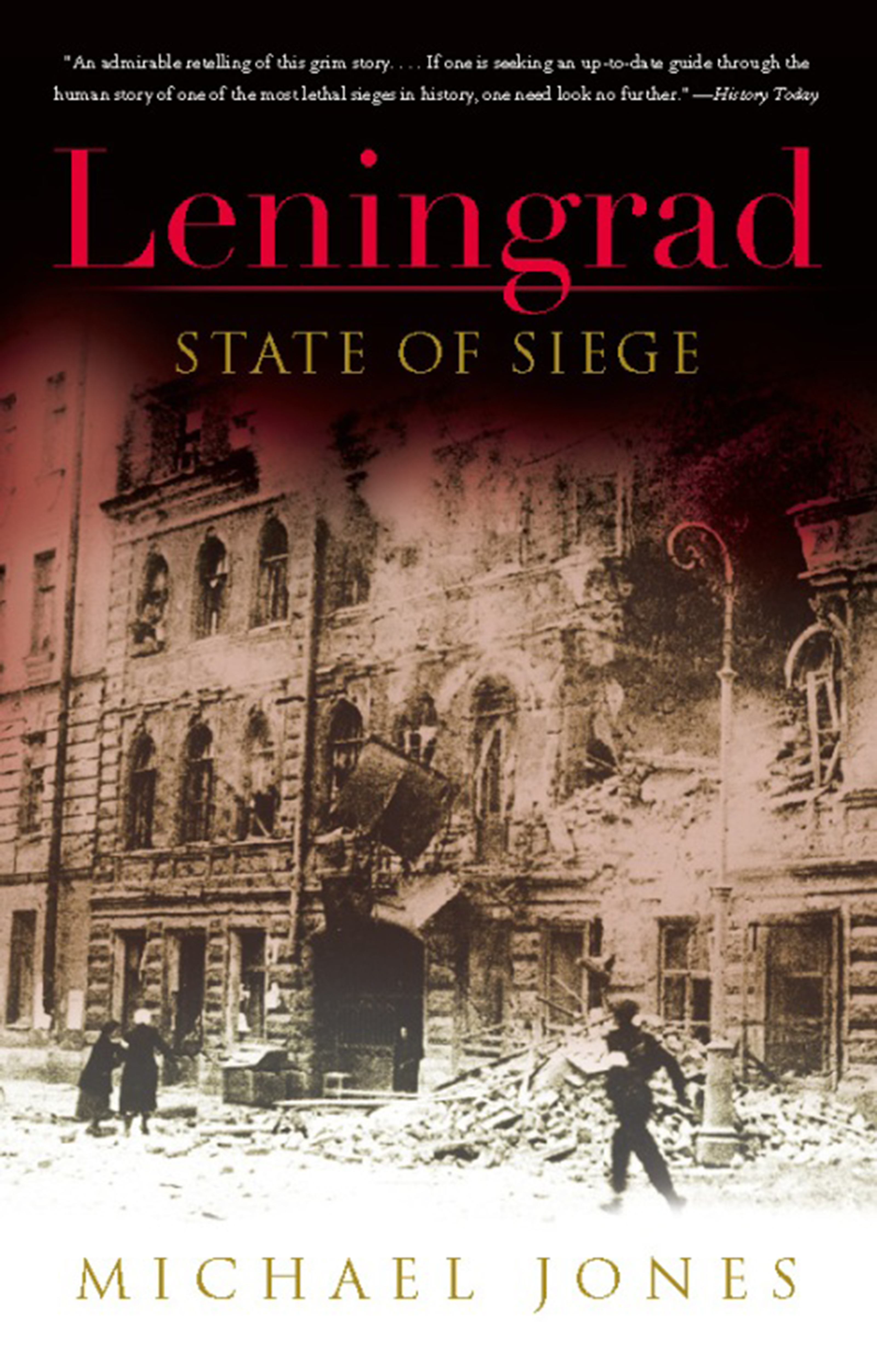Promotion
Use code BEST25 for 25% off storewide. Make sure to order by 11:59am, 12/12 for holiday delivery!
By clicking “Accept,” you agree to the use of cookies and similar technologies on your device as set forth in our Cookie Policy and our Privacy Policy. Please note that certain cookies are essential for this website to function properly and do not require user consent to be deployed.
Leningrad
State of Siege
Contributors
Formats and Prices
- On Sale
- Jul 1, 2008
- Page Count
- 368 pages
- Publisher
- Basic Books
- ISBN-13
- 9780786721771
Price
$9.99Format
Format:
ebook $9.99This item is a preorder. Your payment method will be charged immediately, and the product is expected to ship on or around July 1, 2008. This date is subject to change due to shipping delays beyond our control.
Buy from Other Retailers:
During the famed 900-day siege of Leningrad, the German High Command deliberately planned to eradicate the city’s population through starvation. Viewing the Slavs as sub-human, Hitler embarked on a vicious program of ethnic cleansing. By the time the siege ended in January 1944, almost a million people had died. Those who survived would be marked permanently by what they endured as the city descended into chaos.
In Leningrad, military historian Michael Jones chronicles the human story of this epic siege. Drawing on newly available eyewitness accounts and diaries, he reveals the true horrors of the ordeal — including stories long-suppressed by the Soviets of looting, criminal gangs, and cannibalism. But he also shows the immense psychological resources on which the citizens of Leningrad drew to survive against desperate odds. At the height of the siege, for instance, an extraordinary live performance of Shostakovich’s Seventh Symphony profoundly strengthened the city’s will to resist.
A riveting account of one of the most harrowing sieges of world history, Leningrad also portrays the astonishing power of the human will in the face of even the direst catastrophe.
Genre:
Newsletter Signup
By clicking ‘Sign Up,’ I acknowledge that I have read and agree to Hachette Book Group’s Privacy Policy and Terms of Use






